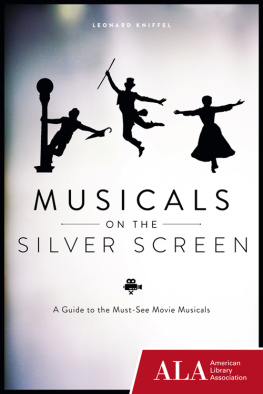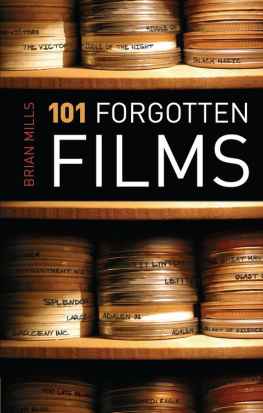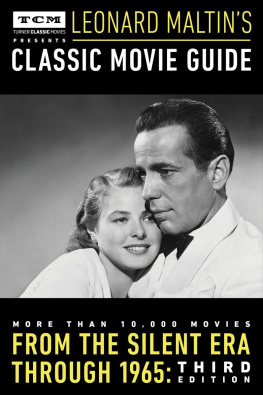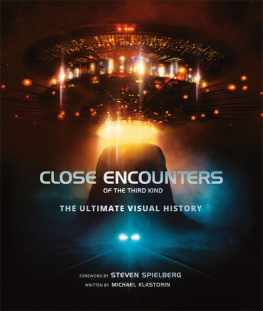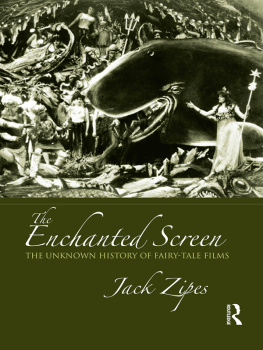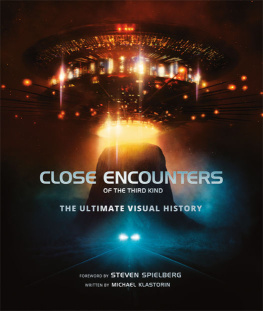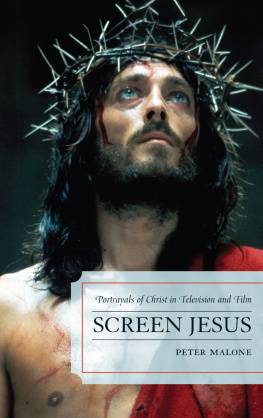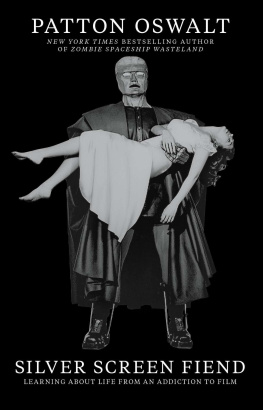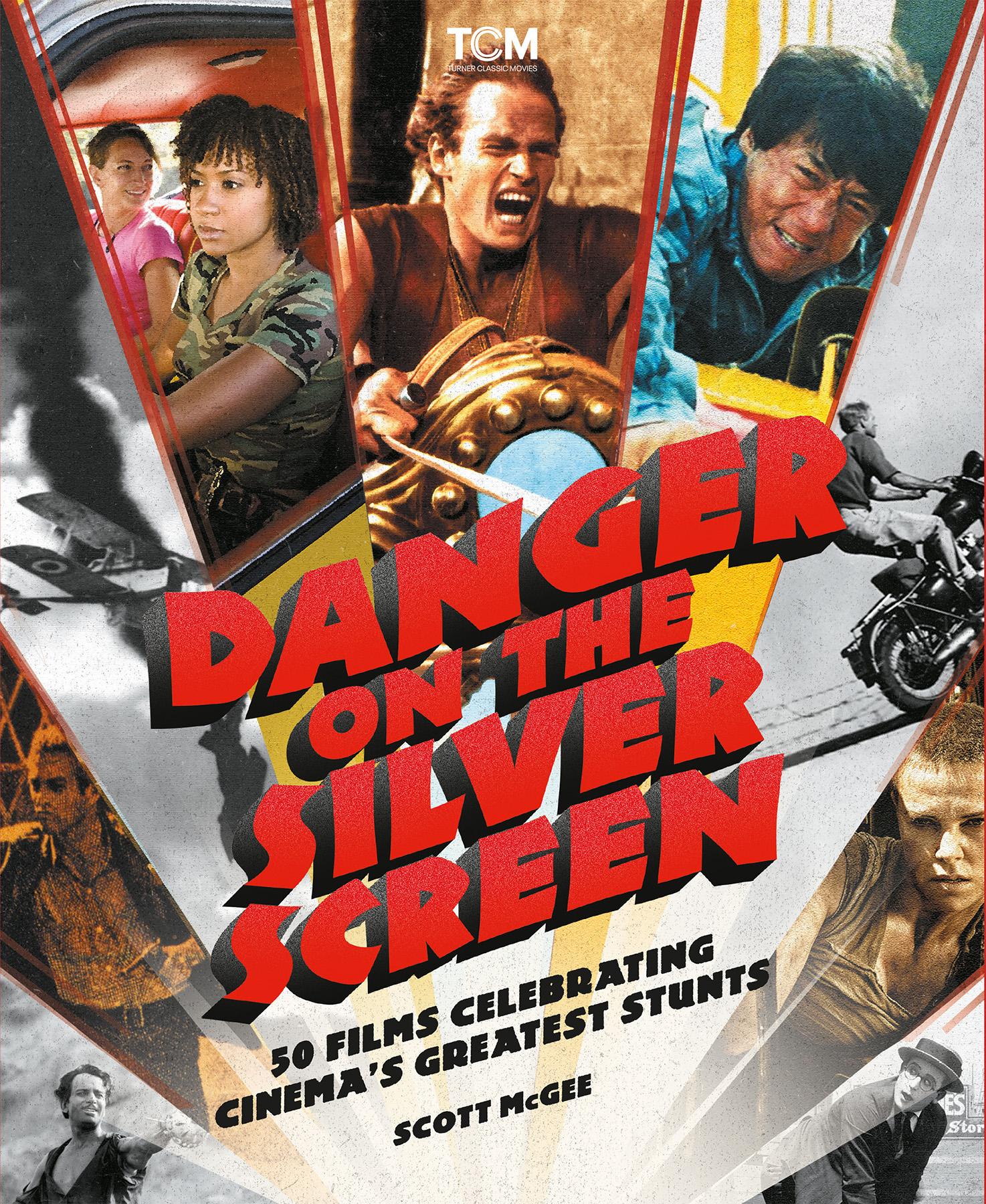
Copyright 2022 by Turner Classic Movies
Cover copyright 2022 by Hachette Book Group, Inc.
Hachette Book Group supports the right to free expression and the value of copyright. The purpose of copyright is to encourage writers and artists to produce the creative works that enrich our culture.
The scanning, uploading, and distribution of this book without permission is a theft of the authors intellectual property. If you would like permission to use material from the book (other than for review purposes), please contact permissions@hbgusa.com. Thank you for your support of the authors rights.
Running Press
Hachette Book Group
1290 Avenue of the Americas, New York, NY 10104
www.runningpress.com
@Running_Press
First Edition: April 2022
Published by Running Press, an imprint of Perseus Books, LLC, a subsidiary of Hachette Book Group, Inc. The Running Press name and logo is a trademark of the Hachette Book Group.
The Hachette Speakers Bureau provides a wide range of authors for speaking events. To find out more, go to www.hachettespeakersbureau.com or call (866) 376-6591.
The publisher is not responsible for websites (or their content) that are not owned by the publisher.
Photography credits: , top: Brand Central (Turner), bottom: frame grab
Library of Congress Cataloging-in-Publication Data
Names: McGee, Scott, author.
Title: Danger on the silver screen: 50 films celebrating cinemas greatest stunts / Scott McGee.
Description: First edition. | Philadelphia : Running Press, 2022. |
Series: Turner Classic Movies | Includes bibliographical references and index.
Identifiers: LCCN 2021019797 | ISBN 9780762474844 (paperback) | ISBN 9780762474837 (ebook)
Subjects: LCSH: Stunt performers. | Motion picturesEvaluation.
Classification: LCC PN1995.9.S7 M34 2022 | DDC 791.402/8dc23
LC record available at https://lccn.loc.gov/2021019797
ISBNs: 9780762474844 (paperback), 9780762474837 (ebook)
E3-20220209-JV-NF-ORI
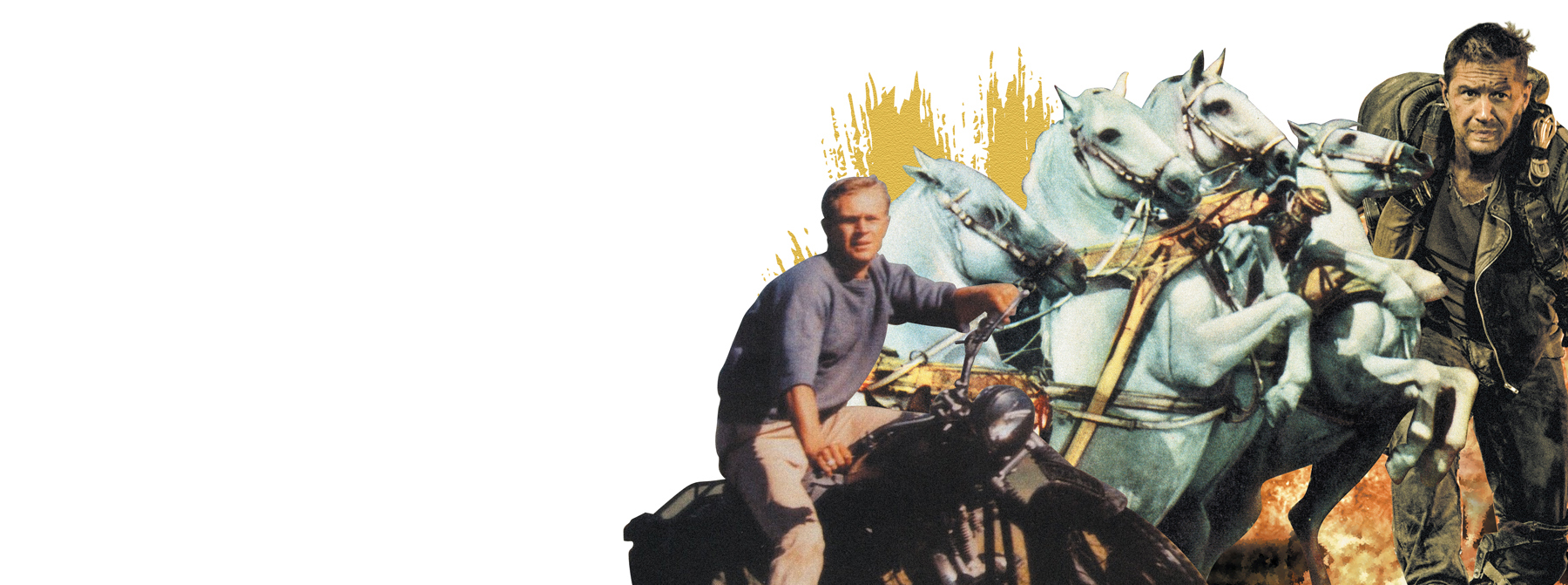
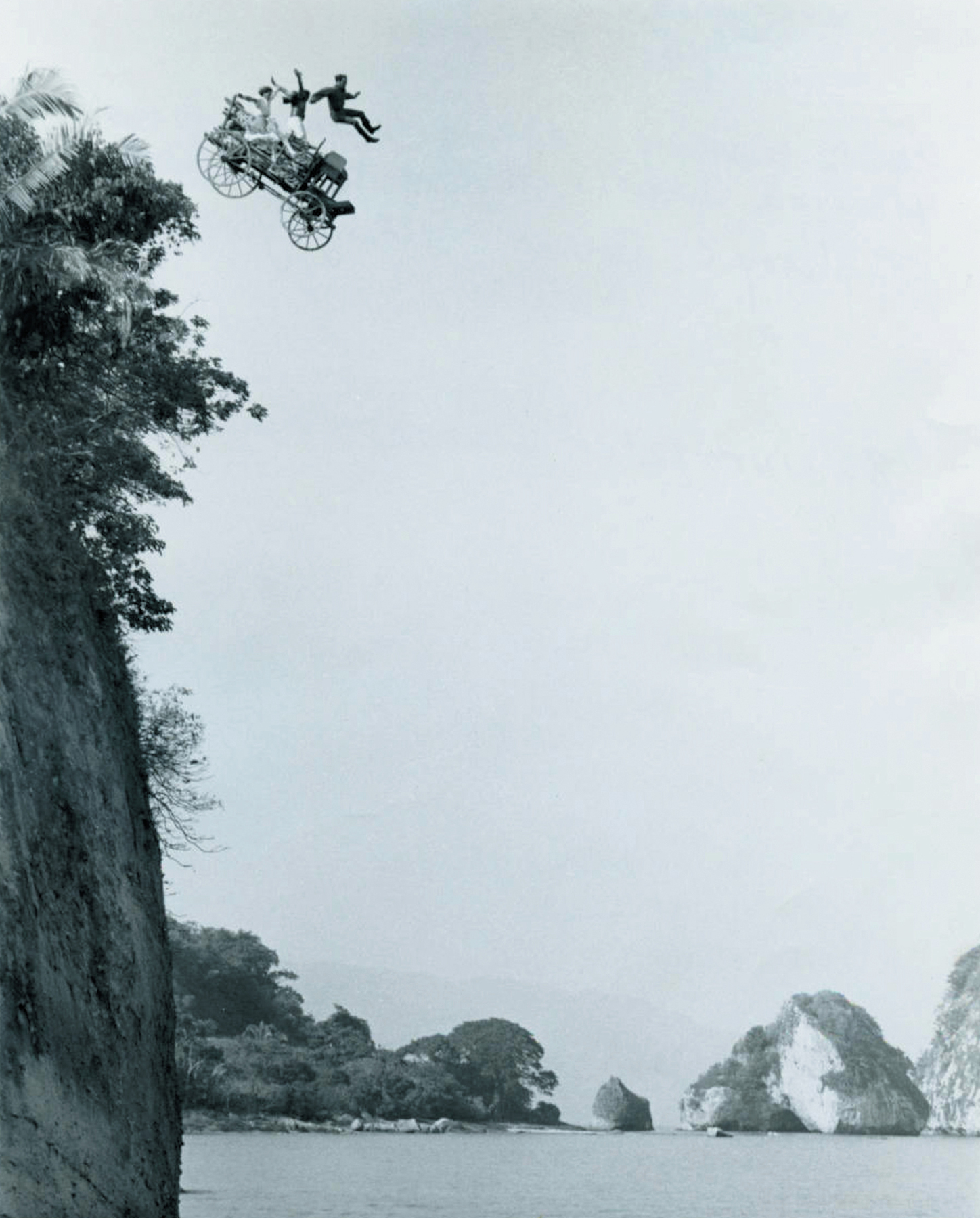
Chuck Waters, Jophery C. Brown, and Howard Curtis take a plunge in Swashbuckler (1976).
To my beloved Shannonfalling for you is my greatest stunt.
And to Terry Leonard, the stuntman whos lived the life of memories, friends, and 8 x 10s.
Danger on the Silver Screen is the quintessential book on action films that every movie enthusiast requires.
Not only is it an entertaining and fascinating read, but the book manages to chronicle a wide variety of some of the best films in the genre.
The extensive research and in-depth interviews with the stunt players who helped to create these iconic films create a rare look into the action heroes of the past and present.
Thanks to Scott McGees level of commitment to go where no writer has gone before, many of the action pioneers and groundbreaking events in the stunt industry are now preserved forever.
In the stunt business we have a saying: Go big or go home! Scott McGee just went HUGE!
Buddy Joe Hooker
Vice President, Stunts Unlimited
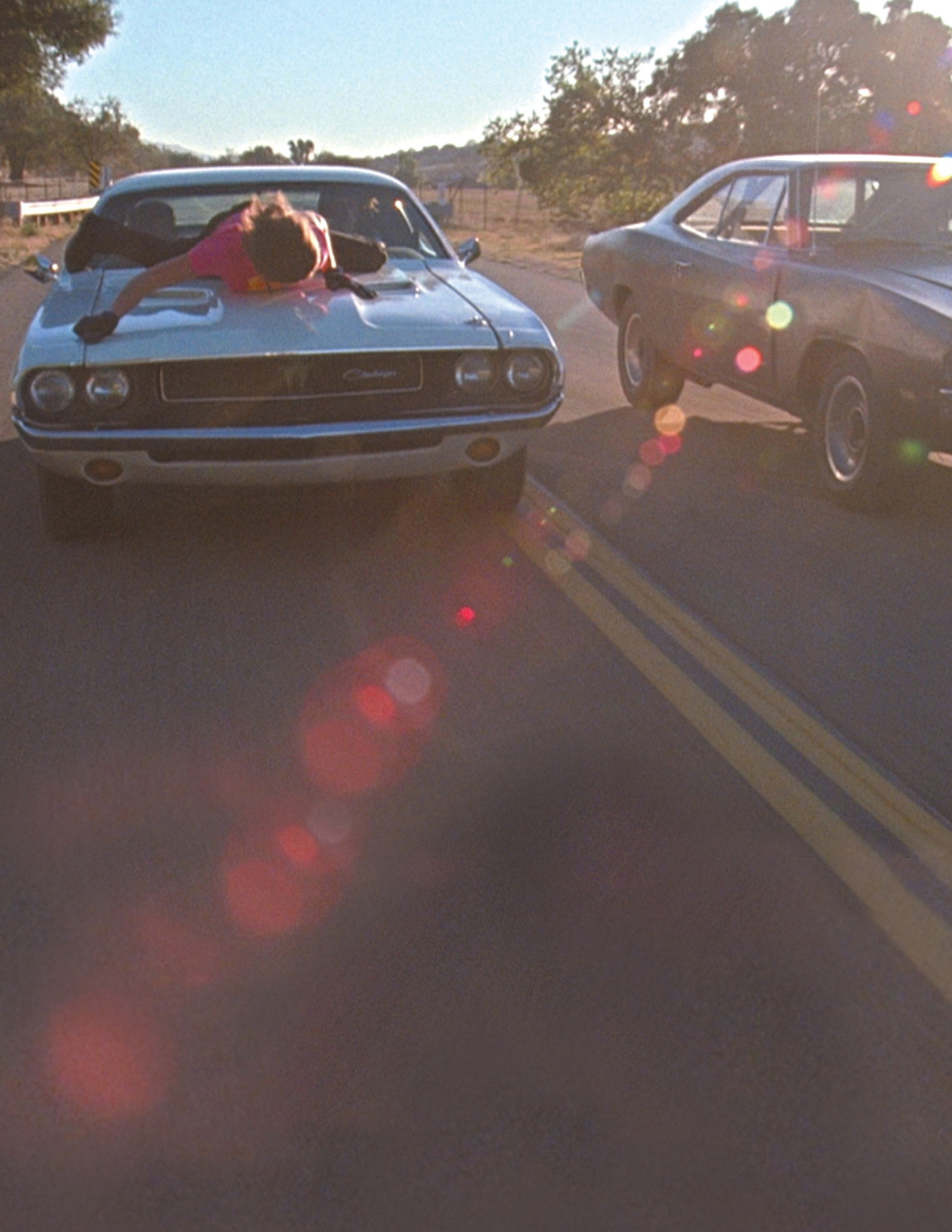
Stuntwoman and star Zo Bell hangs on as stunt driver Buddy Joe Hooker, in the black car, keeps high-speed pace in Death Proof (2007).
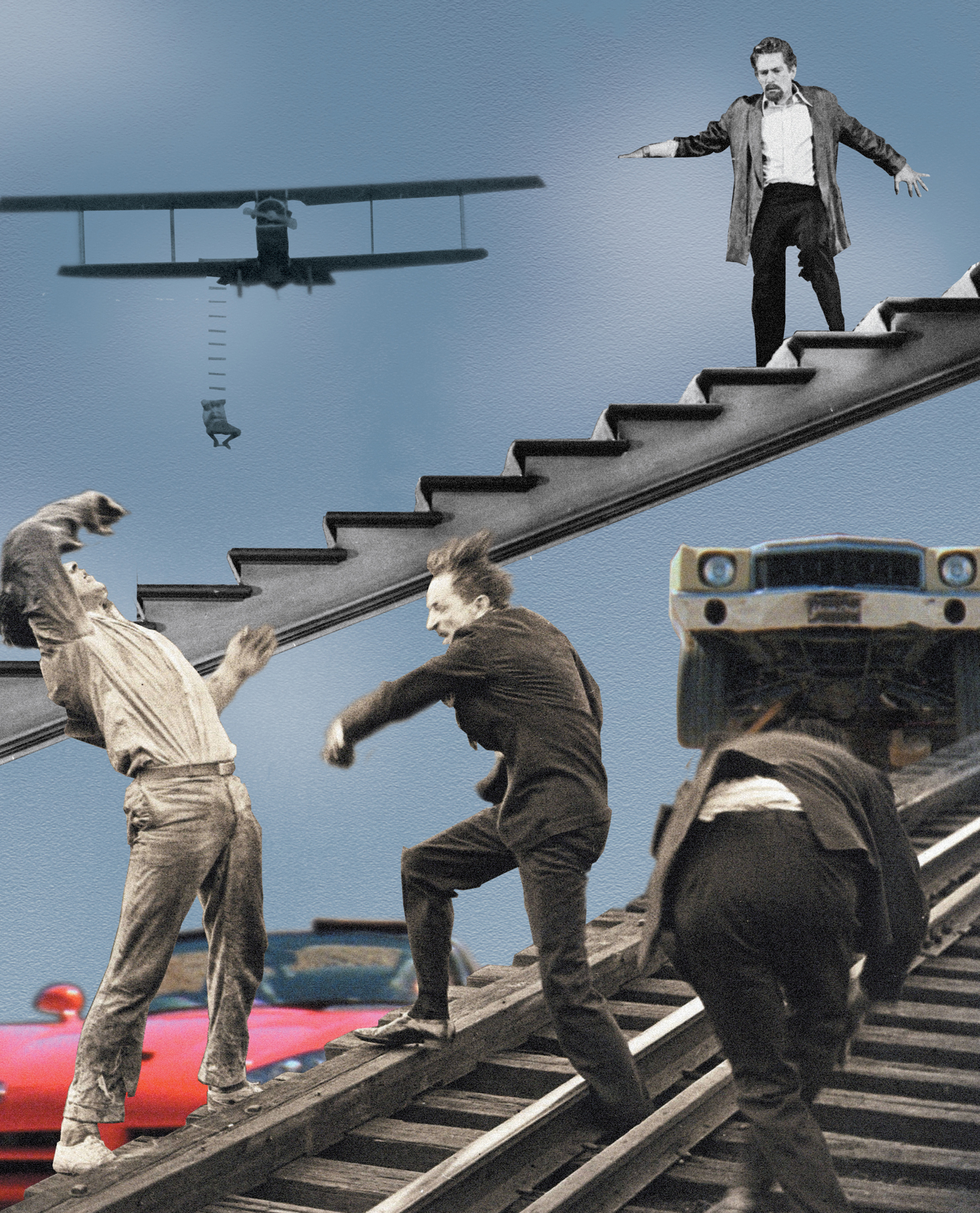
Fearless Freddie Lund makes a plane-to-car transfer in an unidentified 1921 film. Courtesy of the Library of Congress.
A stuntman is punched before a forty-foot drop into water for an unidentified 1916 film.
Actor Peter Finch observes some action below in The Legend of Lylah Clare (1968).
A drag race goes off-road in The Fast and the Furious: Tokyo Drift (2006).
I N THE PAGES of Cinema Chat dated October 13, 1919, a review of a new photo-play called The Sands of Time warranted a special note about an actor who actually jumped off a cliff into water 119 feet below. The writer said, There is no fake about this stunt, the local coast guard having certified to the genuineness of the incident and the height of the leap. It is this element of danger that has constantly allured moviegoers from the get-go. As early as 1916, the job of stunt professionals was the subject of a profile in the New York Tribune in which the writer declares that the audience never know their names, or whether they have any, but the stunt men are the anonymous heroes who fall off the palisades, or skid into the river and keep on whistling.
Today, that still rings true. The audience rarely knows the people behind the action, but they leave the theater gobsmacked and elated by their work on the screen.
Stunt work taps into our brains, giving us pleasure by simply watching human beings do things we, the audience, cannot. Marvelous acts like jumping out a window and surviving thrill us and remind us that while we are safe in our seats, others are capable of doing amazing things for the camera.
We get a similar rush from choreographed song and dance. However, stunt work is rarely celebrated within the filmmaking industry as an art and a science, like dance is. Perhaps its assumed that anyone can plunge into an airbag or wreck a car. But a fall is not just a fall, and a crash is not just a crash, not when it is serving the story, building characters, creating tension and suspense, and putting spectacle on the big screen.
Stunt work is as meaningful, varied, and integral to filmmaking as any other cinematic element, whether it be cinematography, acting, art direction, or scoring.
The story of stunt work in film is a fascinating tale of cowboys, rodeo stars, circus performers, acrobats, hucksters, former military pilots, wrestlers, athletes, swimmers, divers, racecar drivers, and motorcycle ridersthe men and women who took the hits and made movie magic. In the early days, some were reckless daredevils who found courage in a fifth of whiskey to take a fall, the foolhardy souls that stuntman Buddy Suicide Mason called yucca-nutty, referring to someone having been hit over the head too many times with break-away furniture made of yucca.
Others during the golden age of Hollywood worked out best practices to do stunts safely and cinematically, making them look for the camera more dangerous than they really were. Today, they are seasoned professionals building on the combined learning of more than a hundred years of pulling off stunts, to now find the courage to take a fall suspended on a wire an eighth of an inch thick. Moreover, this book isnt just about the stunt pros taking the risks with planes, trains, and automobiles. Its also about the second unit directors, stunt coordinators, special effects artists, engineers, mechanics, horse wranglers, movie directors, cameramen, pilots, fight choreographers, and movie stars who helped to bring danger to the silver screen.
This is the story of how stunt work has evolved over the past one hundred years, why stunts matter to the movies, and who the people were that made routine danger just another day on the movie set. From key films of the silent era to more contemporary titles, this book tells the tale of how the stunts were planned and executed while serving the overall story. However, it does not rank them but instead explores how the craft grew and became an integral part of moviemaking with each film. Each chapter mainly focuses on one film, with some exceptions, and all feature a sidebar that briefly explores a certain person, a similar stunt created for another film, or a related bit of history. However, some chapters stand as double features when there are two films that are connected in some way.


